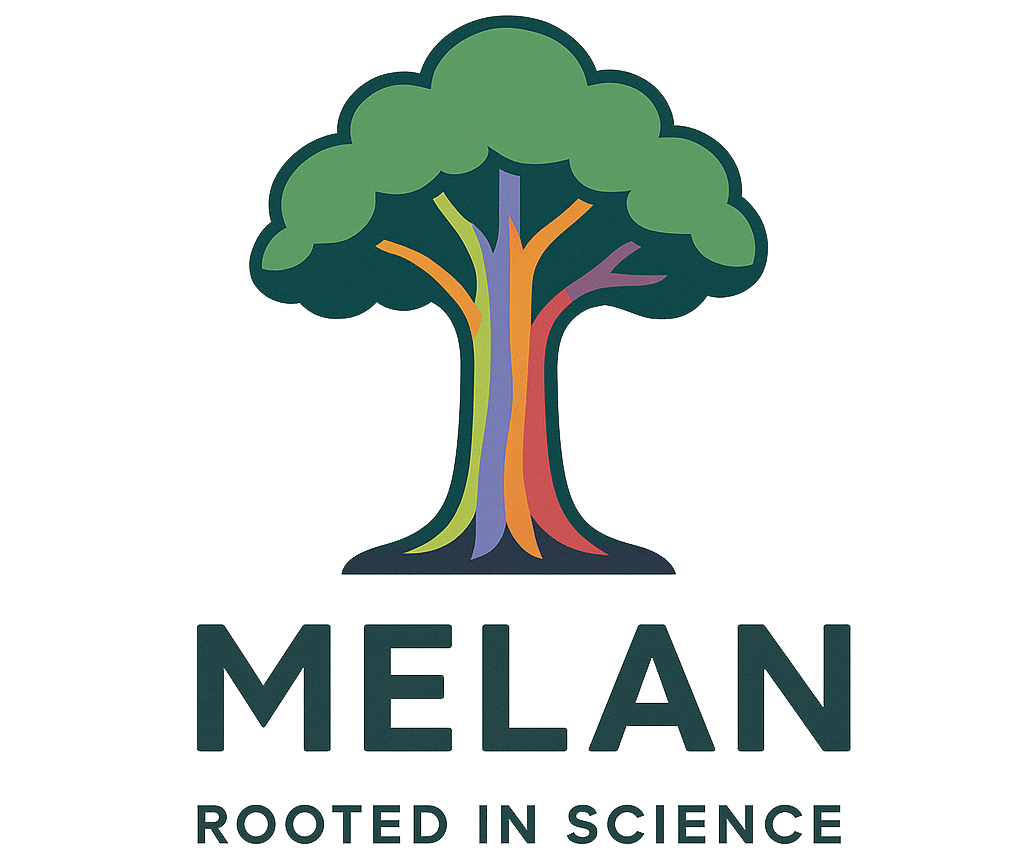Artificial Intelligence
Artificial Intelligence refers to computer systems designed to perform tasks that typically require human intelligence, such as learning, reasoning, problem-solving, and decision-making. AI encompasses a broad range of technologies that can analyze data, recognize patterns, make predictions, and adapt their behavior based on experience, fundamentally changing how we interact with technology across industries. Artificial Intelligence



